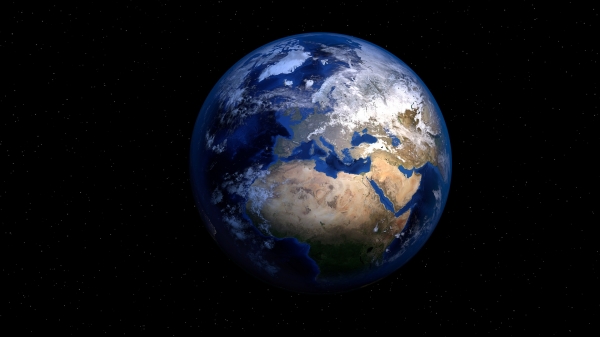Accurately modeling extreme precipitation events remains a major challenge for climate models. These models predict how the earth's climate may change over the course of decades and even centuries. To improve them especially with regard to extreme events, researchers now use machine learning methods otherwise applied to image generation.
Computers already use artificial intelligence to improve the resolution of fuzzy images, to create images imitating the style of particular painters based on photographs, or to render realistic portraits of people who do not actually exist. The underlying method is based on what are referred to as GANs (Generative Adversarial Networks). A team led by Niklas Boers, Professor for Earth System Modelling at the Technical University of Munich (TUM) and researcher at the Potsdam Institute for Climate Impact Research (PIK) is now applying these machine learning algorithms to climate research. The research group recently published its findings in the journal "Nature Machine Intelligence".
Read more at: Technical University of Munich
Photo Credit: PIRO4D via Pixabay


